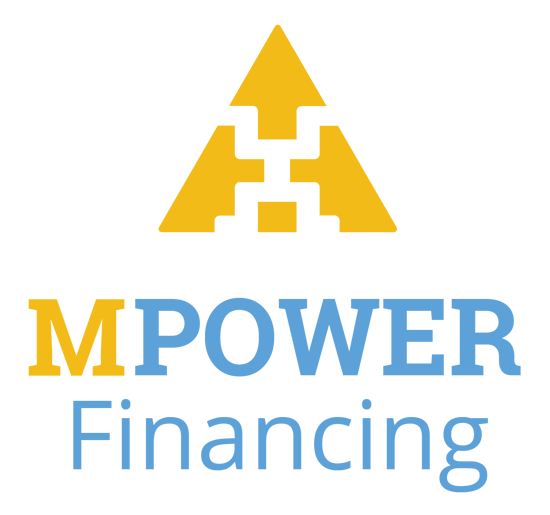You're our first priority.
Every time.
We believe everyone should be able to make financial decisions with confidence. While we don't cover every company or financial product on the market, we work hard to share a wide range of offers and objective editorial perspectives.
So how do we make money? Our partners compensate us for advertisements that appear on our site. This compensation helps us provide tools and services - like free credit score access and monitoring. With the exception of mortgage, home equity and other home-lending products or services, partner compensation is one of several factors that may affect which products we highlight and where they appear on our site. Other factors include your credit profile, product availability and proprietary website methodologies.
However, these factors do not influence our editors' opinions or ratings, which are based on independent research and analysis. Our partners cannot pay us to guarantee favorable reviews. Here is a list of our partners.
Which Student Loan Should You Pay Off First?
Many, or all, of the products featured on this page are from our advertising partners who compensate us when you take certain actions on our website or click to take an action on their website. However, this does not influence our evaluations. Our opinions are our own. Here is a list of our partners and here's how we make money.
How is this page expert verified?
NerdWallet's content is fact-checked for accuracy, timeliness and relevance. It undergoes a thorough review process involving writers and editors to ensure the information is as clear and complete as possible.
More on our editorial rigor- Small business
- student loans
- Personal finance
- financial news
- student loans
This page includes information about these cards, currently unavailable on NerdWallet. The information has been collected by NerdWallet and has not been provided or reviewed by the card issuer.
Student loans from our partners

on College Ave website

5.0
2.89-17.99%
Mid-600s

on Sallie Mae website

4.5
2.89-17.49%
Mid-600's

on SoFi® website

5.0
3.18-15.99%
Mid-600s
on Credible’s website
5.0
12.82-14.79%
Low-Mid 600s

on MPOWER website

4.0
12.99-15.99%
None
on Credible’s website
5.0
12.82-14.79%
Low-Mid 600s
on Funding U website
4.5
7.95-12.49%
None

on MPOWER website

4.0
12.99-15.99%
None

on SoFi® website

4.0
4.24-9.99%
650
on Earnest website
4.5
4.79-9.99%
665

on Credible’s website

4.5
4.88-8.44%
680

on College Ave website

5.0
2.89-17.99%
Mid-600s

on Sallie Mae website

4.5
2.89-17.49%
Mid-600's

on SoFi® website

5.0
3.18-15.99%
Mid-600s

on College Ave website

5.0
2.89-14.49%
Mid-600s

on Sallie Mae website

4.5
2.89-14.99%
Mid-600's
on Credible’s website
5.0
3.69-14.55%
Low-Mid 600s
on Earnest website
4.5
2.89-14.90%
650
3 ways to prioritize student loan payments
Pay off high-interest loans first
- Say your $10,000 loan has a low 4.53% interest. If you pay it off in five years — rather than the standard 10-year repayment timeline — you will save about $1,259 in interest.
- Say your other $10,000 loan has a 7% interest rate. If you prioritize that loan over the 4.53% loan and pay it off in five years rather than 10 years, you will save more: $2,052.
Pay off small loans first
Combine strategies
Pay attention to the big picture
- Saved at least a month of expenses for emergencies.
- Started saving automatically for retirement, either by getting the company match on a 401(k) or putting money in a Roth IRA.
- Made a plan to pay off credit card balances, which often have the highest interest rates of all.
- Making biweekly loan payments will shrink your repayment term.
- Refinancing private student loans can often lower your interest rate and has no fees.
Article sources Article sources
on Earnest's website


- Fixed APRs starting at 4.79%, Variable Rates starting at 5.88%;
- Customize your term down to the month (5–20 years);
- Skip one payment every 12 months.
on Earnest's website
on SoFi®'s website


- Rates: 4.74-9.99% (fixed) / 5.99-9.99% (variable) APR;
- Terms between 5–20 years, plus features like interest-only SmartStart for residents;
- Zero application/origination/prepayment fees — ever.

on SoFi®'s website










